Left: Elise M. Sanford, Margaret Deppen as Betty Grable, 1990; center: Betty Grable poster; right: Elise M. Sanford, Nancy Adams as Marilyn Monroe, 1992
A special thanks to Elise M. Sanford for allowing me to post these images on the web.
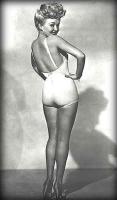
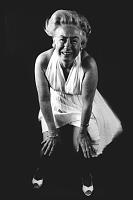
In both of these cases the not-so-young sitters recall one of the dominant gender roles for women in the 40s and 50s, that of sex-kitten. Some sitters chose to be more distinguished figures--Mother Teresa, for example, or here, the Supreme Court Justice, Thurgood Marshall, impersonated by a female sitter.
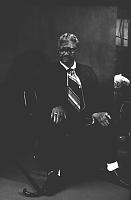
Elise M. Sanford, Margaret Killough as Thurgood Marshall, 1992
Elise M. Sanford, Natsu Ota Taylor as Franklin Delano Roosevelt, 1992
Laurence Larson as Eleanor Roosevelt, 1992
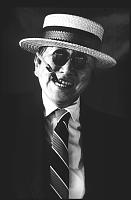

Left: Elise M. Sanford, Anne Braxton as Babe Ruth, 1992; center: photograph of Babe Ruth; right: Elise M. Sanford, Frederick A. Kalister as Julia Child, 1992
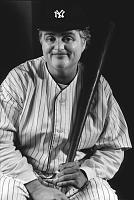

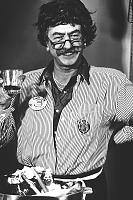
What Sanford's sitters can do for "a red hot minute," as one of my FYS students says, is choose an alternate identity, in some cases cross-dressing, as most of us can't do in real life. In real life our culture defines for us appropriate gender roles, roles which are sometimes restrictive and difficult to escape. Today I want to examine some of these gender roles as seen in the visual arts. In most cases these works of art merely reflect the ideas and definitions of their society. Gender, after all, is a social construct. In a few cases, however, we see a critique of gender definitions, especially as we look at more contemporary art works. I am going to deal with this topic in (roughly) chronological order, but as we look at the historical works of art, I want you to consider to what extent these gender definitions still apply today.
